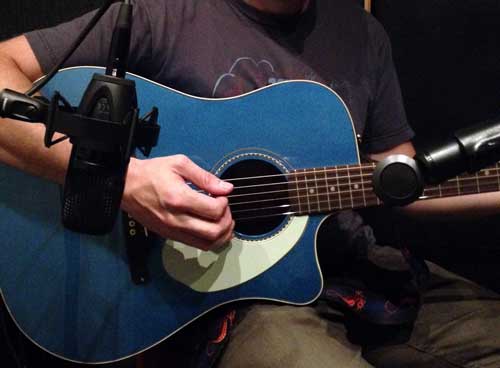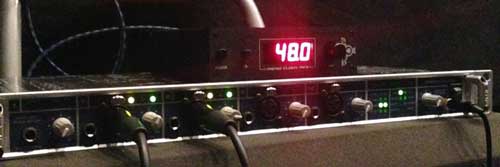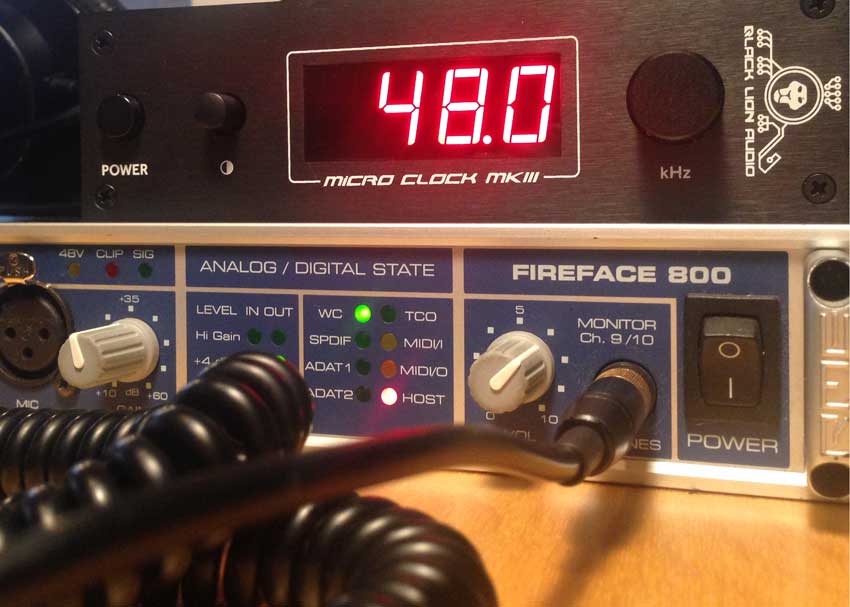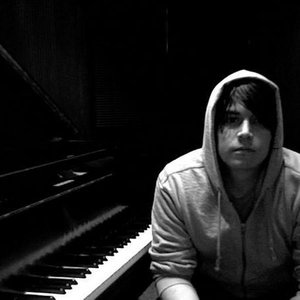What difference does a word clock make? Read on to find out. For this shootout, we recorded acoustic guitar with the Black Lion Audio Micro Clock Mk3 vs. no word clock, and piano/vocal comparing the BLA Micro Clock Mk3 with its predecessor, the BLA Micro Clock Mk2.
What Does a Word Clock Do, Anyway?
Digital recording depends on the ability to slice up time accurately and consistently. When analog signals are converted to digital data, the analog signals are sampled several thousand times per second. For example, if you’re recording at a sample rate of 48 kHz, that means you’re dividing each second into 48,000 tiny slices. And if any of the “slices” are slightly off, you get jitter — timing irregularities — which can result in less natural-sounding audio.
An external word clock serves to synchronize the digital audio gear in your studio, and send an accurate, consistent clock signal to your system. If your digital audio interface or digital mixer has a Word Clock input, then it can be re-clocked using an external word clock.
Recording Acoustic Guitar:
BLA Micro Clock Mk3 vs. No External Word Clock
For our first test, we used a setup that might be found in a low-to-mid-priced home studio: we miked up a Fender Sonoran SCE acoustic guitar with two inexpensive condenser microphones from Shure’s PG Alta series: the Shure PGA27 large-diaphragm condenser on the body of the guitar, and the Shure PGA181 condenser on the 12th fret.

zZounds Operations Manager Jay busted out his strumming skills for this shootout.
The mics ran into two preamp channels on our RME Fireface 800 FireWire interface, feeding Pro Tools on my old FireWire-equipped MacBook Pro at 48 kHz/24-bit resolution.
To mix these tracks, we panned the PGA27 hard left and panned the PGA181 hard right, and used an IK Multimedia T-RackS limiter plug-in to add a bit of compression.

The first take was recorded using the RME with no external clock:
The second take was recorded while we re-clocked the RME to the Black Lion Audio Micro Clock mkIII:
Our verdict: The take recorded with the Black Lion Micro Clock Mk3 sounded more three-dimensional, clearer, and less muddy than the take recorded with no external word clock.
Recording Joshua Staar on Piano/Vocal:
BLA Micro Clock Mk3 vs. BLA Micro Clock Mk2
For our next test, we visited a professional recording studio, Solid Sound Recording in Hoffman Estates, IL, to record piano and vocal with singer-songwriter Joshua Staar, who also engineered the session. We recorded an excerpt from Josh’s song “Never Too Late.”
The vocal mic was a Wunder CM7 — a very faithful recreation of a Neumann U47 — and the piano mics were a pair of AKG C 414 B ULS. Josh used an API 512 preamp for each microphone. The API preamp fed a Universal Audio Apollo 16 audio interface, feeding Pro Tools at 48 kHz/24-bit.
The first recording uses the BLA Micro Clock Mk2:
This second recording uses the BLA Micro Clock Mk3:
The verdict: “I actually think the MK2 has a sweet sound,” says Joshua, “but the MK3 has a wider sound.”
The difference between the MK2 and MK3 is, of course, less dramatic than the difference going from NO external word clock to the MK3. However, we think the MK3 sounds more “produced,” and we definitely hear a wider stereo image with the MK3.
Download the shootout files
Download each shootout file by clicking the download arrow on a track on our Soundcloud playlists.
Acoustic guitar shootout on Soundcloud
Piano/vocal shootout on Soundcloud
What do you think? Let us know in the comments!




